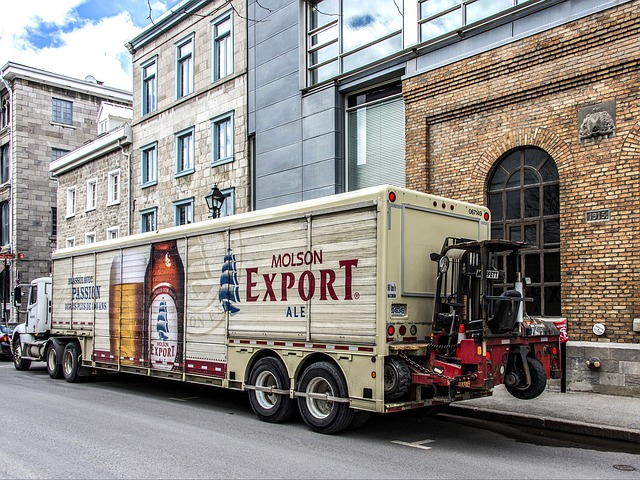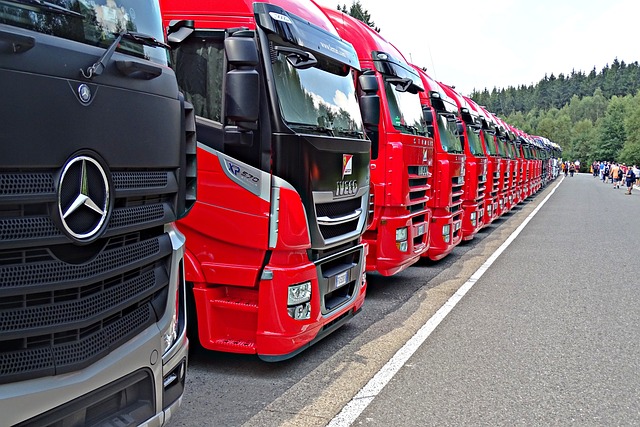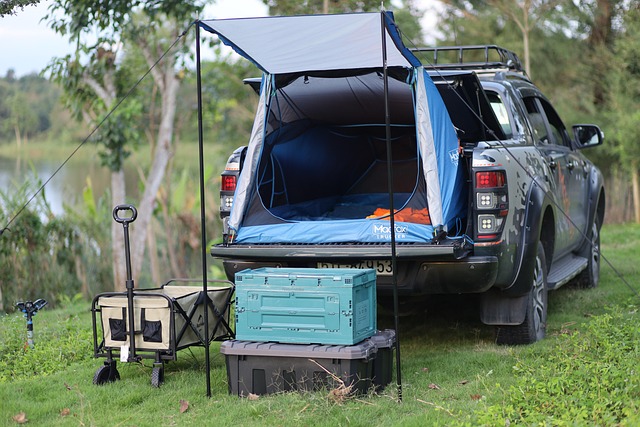Looking to register your car in California? This comprehensive guide walks you through every step, from understanding crucial requirements to securing your plate. In this process, you’ll need to gather essential documents, visit your local DMV for VIN verification, complete an application, and pay registration fees. By following these straightforward steps, you’ll be cruising down the road legally in no time. Don’t miss key details on dmv vin verification for a smooth registration experience.
- Understand California Car Registration Requirements
- Gather Necessary Documents for Registration
- Visit Your Local DMV for Vin Verification
- Complete the Registration Application Process
- Pay Registration Fees and Obtain Your Plate
Understand California Car Registration Requirements

Before registering your car in California, it’s crucial to understand the state’s specific requirements. The California Department of Motor Vehicles (DMV) mandates that all vehicles operated within the state be properly registered and inspected. This involves a thorough process that includes a vehicle identification number (VIN) verification. This step is critical to ensure the vehicle’s authenticity and history, preventing fraud and ensuring safety standards are met.
During the registration process, you’ll need to provide proof of identity, insurance, and ownership. Additionally, a valid emissions test certificate is required in most cases. For added convenience, many residents opt for mobile VIN inspection or verification services, allowing them to complete these essential steps without visiting a DMV office. This alternative ensures a smoother process, saving time and potentially preventing unnecessary trips.
Gather Necessary Documents for Registration

Before heading to the DMV for registration, ensure you have all the required documents ready. This process typically involves gathering proof of ownership, such as a vehicle bill of sale or a lease agreement with the option to register. Additionally, a valid driver’s license and proof of insurance are essential. For out-of-state transfers, you might need a title from the previous state.
A key step in this process is completing the DMV’s vin verification, which requires a mobile vin verifier or conducting a mobile vin inspection to ensure the vehicle’s identification number (VIN) matches the details in their records. This step is crucial for maintaining accurate vehicle registration and ensuring compliance with California’s regulations.
Visit Your Local DMV for Vin Verification

Before you can register your car in California, you’ll need to undergo a crucial step known as DMV VIN verification. This process involves visiting your local Department of Motor Vehicles (DMV) office to ensure that your vehicle’s Vehicle Identification Number (VIN) is legitimate and matches the make, model, and year listed on your documents. The DMV will perform a detailed inspection, which includes checking for any signs of tampering or alterations to the VIN.
A mobile vin verifier or mobile vin inspection service can also be an efficient option for those who prefer a more convenient approach. These services bring the verification process directly to you, saving time and effort. They employ trained professionals who utilize specialized tools to accurately verify your vehicle’s VIN, ensuring that all details are accurate before proceeding with registration.
Complete the Registration Application Process

Once you’ve gathered all the necessary documents, it’s time to complete the registration application process with the California DMV (Department of Motor Vehicles). Start by filling out Form DMV-123, which is the Application for Title and Registration. This form requires detailed information about your vehicle, including its make, model, year, and unique identifier—the Vehicle Identification Number (VIN). Accurately completing this section ensures a smooth dmv vin verification process.
During this step, you’ll also need to conduct a vin inspection to ensure the vehicle’s authenticity and identify any potential issues. This can be done through a mobile vin verifier or by scheduling an appointment for a traditional vin inspection at a certified location. With these steps accomplished, submit your application along with the required fees to finalize the registration of your new (or used) California vehicle.
Pay Registration Fees and Obtain Your Plate

After completing your vehicle’s registration application, it’s time to pay the registration fees at the California DMV or through their online platform. Fees vary based on the type and age of your vehicle. Once paid, you’ll receive a temporary registration permit, allowing you to legally operate your vehicle while awaiting permanent plates. Before acquiring your license plates, remember to undergo a DMV vin verification process. This step is crucial for ensuring that your vehicle’s unique Vehicle Identification Number (VIN) matches the details on record.
You can opt for a mobile vin inspection or use a mobile vin verifier service to streamline this process. These services send an expert to your location, providing convenience and potentially saving you time at the DMV. After successful verification, you’ll receive your permanent license plates, which should be securely fastened to your vehicle by following California’s guidelines.
Registering a car in California is a straightforward process that requires understanding specific requirements and gathering essential documents. By completing the steps outlined, including visiting your local DMV for VIN verification, you’ll be well on your way to legalizing your vehicle. Remember to keep your registration up-to-date to avoid penalties and ensure smooth driving in the Golden State.
